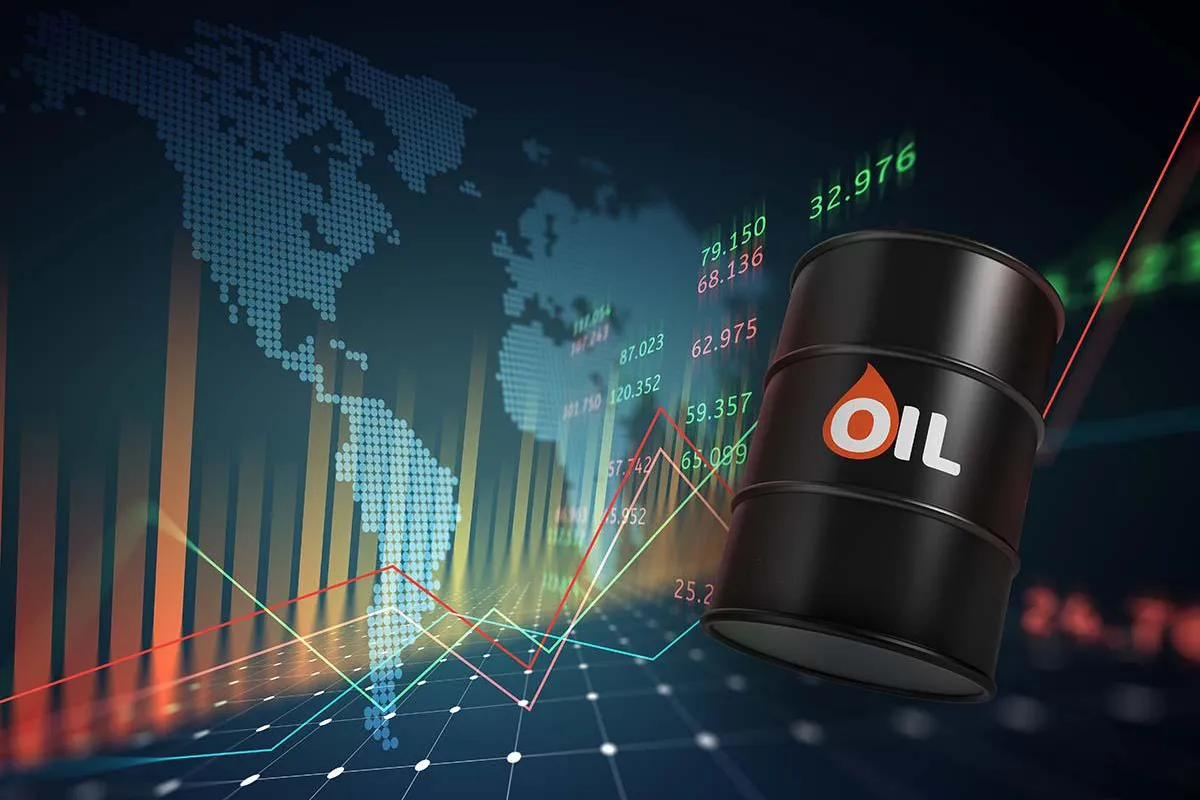Oil as a Strategic Asset: Risks, Opportunities, and Forecasts for 2025
For decades, oil has held a pivotal role in the global economy—not just as a primary energy source, but as a powerful geopolitical and financial asset. In 2025, oil continues to command strategic importance amid ongoing market shifts, policy transitions, and energy diversification efforts. This article explores the key risks, potential investment opportunities, and what the future might hold for oil as a core strategic asset.
1. The Enduring Importance of Oil
Despite the global push toward renewable energy, oil remains essential for powering transportation, manufacturing, and industrial processes. In developing economies, demand continues to grow due to population expansion and industrialization. Furthermore, petrochemical industries—critical to the production of plastics, fertilizers, and pharmaceuticals—still rely heavily on oil derivatives.
In 2025, oil accounts for over 30% of the world’s energy consumption. While this percentage is gradually declining, the absolute demand remains strong.
2. Geopolitical Leverage
Oil is more than just an energy source—it’s a geopolitical tool. Countries rich in oil reserves wield considerable influence on the world stage. OPEC+ decisions, for example, significantly affect global oil prices and economic stability.
Ongoing conflicts or tensions in key oil-producing regions like the Middle East, Venezuela, and parts of Africa can quickly impact supply chains and market prices, presenting both risk and speculative opportunities for investors.
3. Volatility and Market Risks
Oil prices are among the most volatile in the commodities market, influenced by:
-
Supply-demand imbalances
-
Geopolitical events
-
Natural disasters
-
Technological disruptions
-
Policy changes (e.g., carbon taxes, subsidies)
In 2022–2023, we saw prices swing from $60 to over $120 per barrel, largely due to geopolitical tensions and economic recovery post-COVID-19. While volatility can be daunting, it also presents opportunities for savvy investors who understand market timing and hedging strategies.
4. Investment Vehicles and Strategies
Investors can gain exposure to oil through various instruments:
-
Futures contracts – For experienced traders seeking short-term exposure.
-
Oil ETFs and ETNs – Track oil price movements with relatively lower risk.
-
Oil stocks – Investing in upstream (exploration), midstream (transport), or downstream (refining) companies.
-
Private equity – Access to oil field development and production projects.
-
Royalty trusts – Provide passive income based on oil production revenues.
Each investment route comes with its own risk-reward profile and liquidity considerations.
5. Transition to Renewables and ESG Pressure
A significant challenge to long-term oil investment lies in the global transition to renewable energy and ESG (Environmental, Social, Governance) frameworks. Many institutional investors are reducing exposure to fossil fuels to align with climate goals.
However, the transition is gradual. Energy security concerns and the cost of renewable infrastructure mean that oil will remain indispensable for at least another decade. This tension between ESG commitments and economic realities creates a unique investment environment.
6. Emerging Market Dynamics
Developing economies in Africa, Southeast Asia, and South America are driving demand for oil. These markets are often underexplored and offer opportunities for long-term investment in infrastructure and production.
At the same time, their political instability, currency fluctuations, and regulatory unpredictability present tangible risks. Investors must balance high-growth potential with careful due diligence.
7. Technological Innovation in Oil Extraction
Technological advancements have significantly increased oil recovery rates and reduced production costs:
-
Horizontal drilling
-
Hydraulic fracturing (fracking)
-
Enhanced oil recovery (EOR)
-
AI in exploration and maintenance
These technologies improve margins and reduce environmental impact, making oil investments more attractive despite regulatory scrutiny.
8. Expert Forecasts for Oil in 2025 and Beyond
-
Demand: Expected to remain stable or grow slightly in emerging markets.
-
Price Range: Analysts predict Brent Crude may fluctuate between $75–$100 per barrel in 2025, depending on global economic performance.
-
Supply Challenges: Underinvestment during the 2020–2022 period may lead to tighter supply.
-
Renewables Competition: Will increase gradually but not dramatically displace oil in the short term.
Long-term success in oil investment will depend on aligning with regions and sectors that manage transition risk well.
Conclusion: Is Oil Still Worth Investing In?
Yes—but with caution and strategy.
Oil remains a critical global commodity and strategic asset, especially for investors who can navigate its volatility and geopolitical sensitivities. In 2025, smart oil investments are less about “riding the boom” and more about balancing short-term returns with long-term transition realities.
Whether you’re allocating capital to diversify your portfolio, hedge inflation, or tap into emerging markets, oil—despite its challenges—still offers a place at the investment table.

